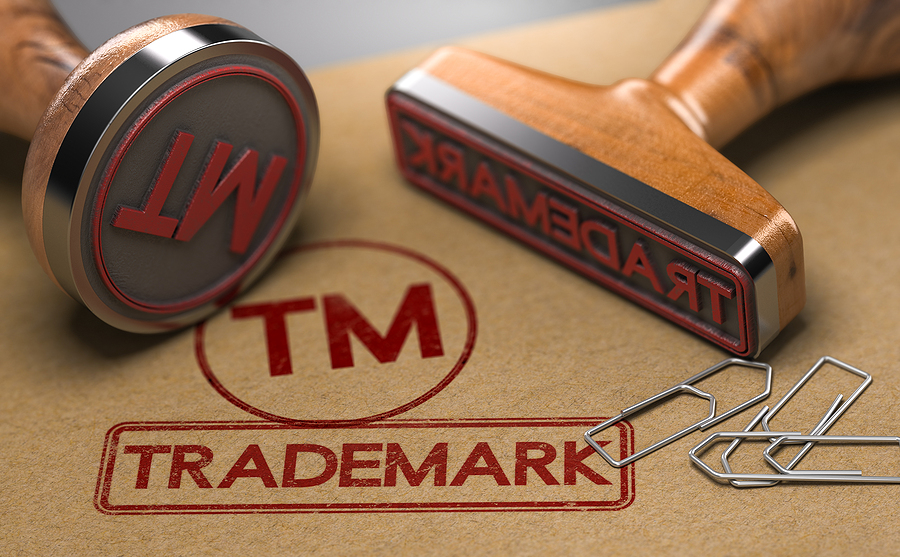Trademark Translation Can Help Protect Your Brand
Trademarks help to protect your brand from competitors trying to use a slogan, name, or image that you have spent many years building a reputation with. Once you have got your trademark recognized, any business or upstart that uses that trademark without your permission can be sued. The only problem is that trademarks are normally granted by each individual country and are therefore only valid in that country. If you intend to sell your goods and establishing your brand in any other country you will need to apply for trademark protection in each country you intend to have a presence in.
Many businesses that intend to sell goods in multiple international markets apply to the World Intellectual Property Organization (WIPO) based in Geneva through what is called the Madrid protocol to have their trademark protected in WIPO member countries. Protection lasts 10 years before it has to be renewed.
GETTING IN TOUCH WITH US
Blog - Getting In Touch With Us
Having your brand protected like this is only half of the challenge when expanding your business beyond your own national borders. You also have to make sure that your brand recognition which you have assiduously built up at home will actually be attractive and recognized for what you want it to be recognized for in the different countries you intend marketing to. This is because slogans, images, and even colors that resonate at home may be offensive, confusing, or even hilarious somewhere else.
How could brands be inappropriate?
There are many different ways that a brand is recognized. It is these particular signals that are protected in a trademark. Cultural confusion and offense are most likely to take place when the slogans, jingles, and names used at home are themselves similar to words that mean something totally different in the languages of the new targeted markets. Images by themselves can also be problematic. Even colours that are used by a particular brand can signal something other than what is intended when those colors are associated with something totally different elsewhere.
Some examples are given below.
Brands that are translated literally into another language don’t always work. There are many hilarious examples of these literal translations that have occurred down the ages. Most larger businesses are much more careful these days and whenever a new product is introduced with its own jingle or slogan, then the task is handed over to translators who “localise” the brand so that it actually resonates where it is to be marketed. Coca-Cola, for example, when first translated into Chinese sounded like the words in that language for “bite the wax tadpole!” Coca-Cola was then changed to “kekoukele” which is the Latinised version of Chinese for “rejoicing in the mouth.”
Images of people that are acceptable in the home country where the brand is well recognized may not be acceptable elsewhere, especially if clothing styles depicted are offensive (too little, too much, etc.).
Even colours can be significant. The colour red for instance has a different connotation in an Anglophone culture compared to its connotation in Chinese culture. The meaning of black colours in one culture may be represented by purple or white in other cultures.
All of this is important to take on board when businesses in the end going global with their products. Yes, they need to ensure that their brand cannot be stolen by another business. But brands in whatever form they take must be acceptable and have legitimacy in the new where the products are cultural environments intended to be sold. This means the business needs to use the expertise of professional translators with localisation experience.



